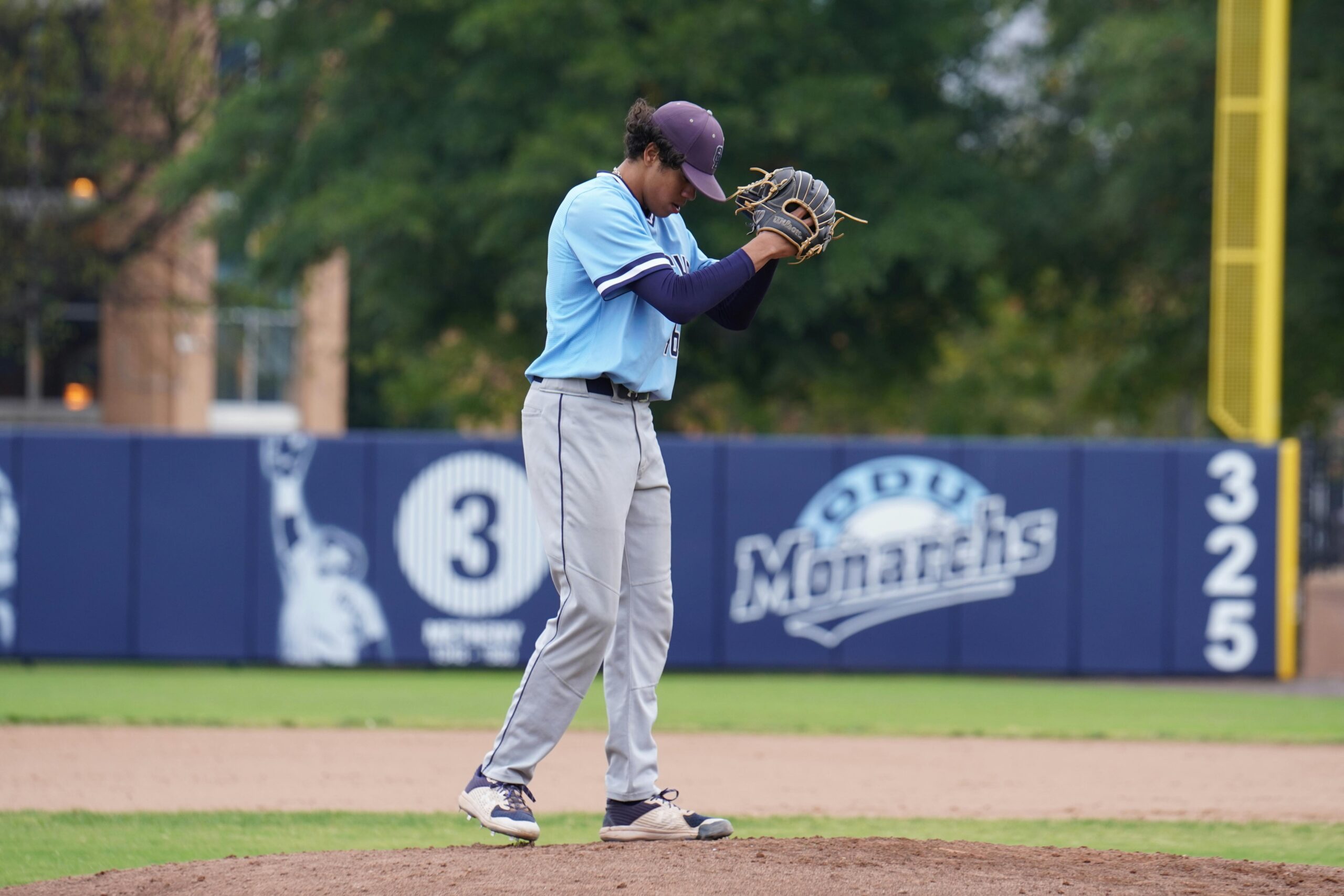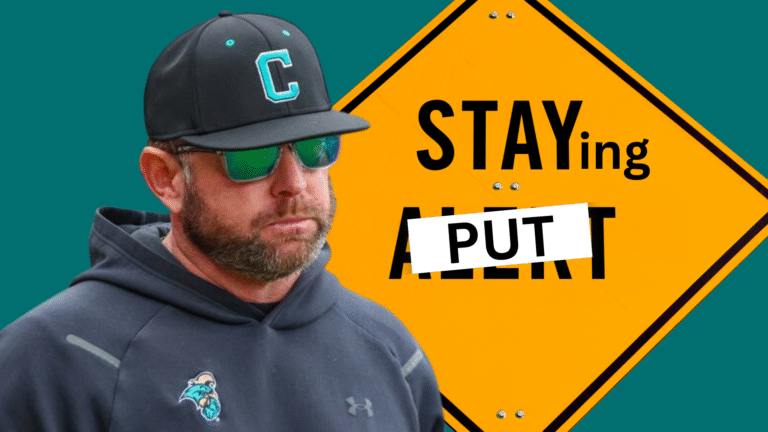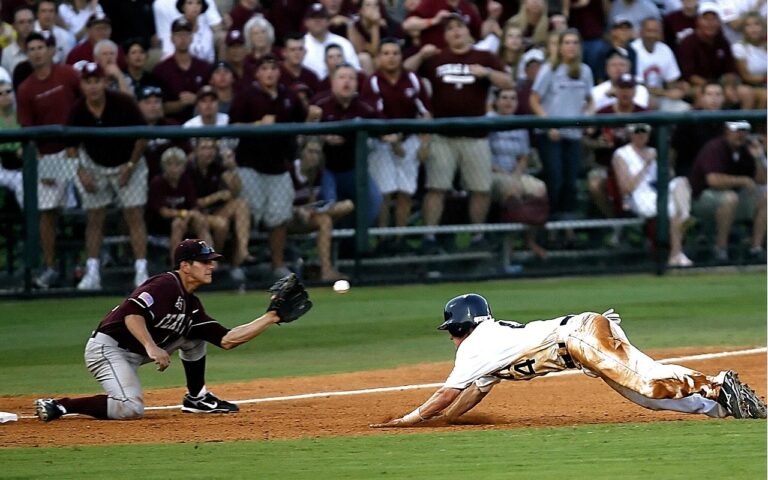
The Sun Belt Conference was founded on August 4, 1976, primarily as a basketball league. Like many other conferences, it has experienced numerous membership changes over the years. The league later added football to its list of sponsored sports. It began sponsoring baseball in 1978.
This article highlights each school’s best and worst seasons at the Division I level. These seasons may have occurred while the school was a Sun Belt member or part of another conference
Appalachian State
Appalachian State moved from the NAIA to NCAA Division I around the 1972 season. The transition came after a run to the NAIA World Series in 1971.
The Mountaineers’ best season in Division I was in 1984. They entered the NCAA Tournament on an 11-game winning streak and won the Southern Conference tournament. Unlike their tournament debut in 1973, however, they went 0-2.
Their biggest win of the season was a 5-1 road victory at Virginia Tech. The teams split their two-game series.
App State’s most difficult season came in 2004, the final year of the Troy Heustess era. The team had missed the NCAA Tournament for 18 straight seasons and had finished under .500 in each of the previous seven.
They opened the 2004 baseball season with 12 straight losses. Their only weekend series win came at the end of the season against Western Carolina. Chris Pollard, now the head coach at Virginia, took over in 2005.
Coastal Carolina
Coastal Carolina’s most successful season in terms of wins came in 2010. The Chanticleers finished 55-10 and went undefeated in Big South Conference play. They earned the program’s first national seed in the NCAA Tournament.
After a 16-6 loss dropped them into the loser’s bracket, Coastal bounced back. They defeated Stony Brook 25-7 and then beat Charleston twice to reach the Super Regional.
They were swept by eventual national champion South Carolina, which would have been the No. 13 seed if the tournament had seeded the top 16 teams at the time.
Coastal’s worst season came in 1995, the final year under head coach John Vrooman. The Chanticleers began the year with five games against ranked teams, going 1-4. Their only win in that stretch came against then-No. 25 Old Dominion.
They won a weekend series against UMBC but then lost 16 of their final 18 games. Gary Gilmore was hired the following season and went on to build the baseball program into a national power.
Georgia Southern
Georgia Southern began Division I play in 1980 as a member of the Trans Atlantic Athletic Conference. The team’s best season came in 1996.
By the time they opened Southern Conference play against VMI, the Eagles were 7-3. They had already recorded series wins over Georgia Tech and South Carolina.
Georgia Southern won the conference and then defeated MEAC champion Bethune-Cookman in a play-in series. They advanced to the Atlantic Regional, where they opened with a win over Old Dominion before dropping two straight to finish 46-14.
The team’s worst season came two years later in 1998 under longtime coach Jack Stallings. Georgia Southern beat NC State and won a series against East Carolina, but they struggled the rest of the way.
They won just one weekend series after April 1, against Davidson. A stretch of nine losses in 11 games dropped them to sixth in the Southern Conference. They won only one game in the conference tournament and ended the year 22-30.
Georgia State
Georgia State’s best season at the Division I level coincided with its only NCAA Tournament appearance to date. The Panthers started strong, winning six of their first seven games.
That stretch included four matchups against Top 25 opponents, highlighted by a 10-1 road win over then-No. 3 Georgia Tech.
After being swept by James Madison in late April, Georgia State bounced back to win 13 of its next 15 games. That run included a sweep of the CAA Tournament. The Panthers earned a spot in the Atlanta Regional, where their season ended with losses to Georgia Tech and Elon. They finished 39-22.
Georgia State’s baseball program was dormant from 1987 to 1991 — the second such hiatus in team history. When it returned in 1992, the team struggled immediately.
The Panthers started that season 2-4 with wins over Furman and Division II Rollins. They then lost their final 26 games to finish 2-30. Only three of those losses came by two runs or fewer.
The losing streak continued into 1993, reaching 29 games before ending in extra innings. Georgia State did not record a winning season until 2000.
James Madison
James Madison snapped a four-year postseason drought in 1988 with a breakout campaign. The Dukes opened the season 8-0-2 and won 18 of their first 23 games before CAA play.
The Dukes earned their first Division I NCAA Tournament appearance and win in 1980, as part of the ECAC Southern Division. It only took three games in the ECAC Tournament for JMU to advance to the Eastern Regional in Miami, Fla.#GoDukes pic.twitter.com/XxT9qToBuO
— JMU Baseball (@JMUBaseball) March 30, 2020
They carried a 14-game winning streak into a road matchup against rival Old Dominion. Although upset by No. 6 seed Richmond in the CAA Tournament, JMU earned an at-large NCAA bid.
The Dukes lost to South Carolina and Miami to close the season at 43-11-2. They did not win another NCAA Tournament game until 2008.
In 2025, James Madison returned to the NCAA Tournament for the first time since 2011 but endured a rebuilding season. They opened against then-No. 6 Florida State and were swept, outscored 25-2 across three games.
The Dukes rebounded by winning five of their next six games, but then dropped seven straight. Despite playing four conference series, JMU never won more than two consecutive games for the rest of the season. They finished 17-38.
Marshall
Marshall baseball has had only seven seasons with a winning percentage above .600 since joining Division I in 1954. Only one of those came in the 21st century.
The Thundering Herd’s best season came in 1968. They opened 10-1 before back-to-back losses to Wofford. Marshall played an incomplete conference schedule that year, meeting Kent State only once and not playing eventual conference champ Ohio. They finished 18-7.
In 1997, Marshall’s final season in the Southern Conference before returning to the MAC, the team extended a losing streak from 1996. Sweeps by Alabama and Florida State stretched the skid to 14 games before Marshall finally beat Ohio.
Later that season, a 15-game losing streak all but sealed their fate. The Herd ended the year 7-39. Marshall recorded just one non-losing season during its MAC tenure, going 27-27 in 2004.
Old Dominion
Old Dominion set a school record for victories in 1985, finishing 50-11 and winning its first conference tournament at the Division I level.
#𝐎𝐃𝐔 𝐃𝐎𝐖𝐍𝐒 𝐒𝐎𝐔𝐓𝐇 𝐂𝐀𝐑𝐎𝐋𝐈𝐍𝐀 𝐈𝐍 𝐂𝐎𝐋𝐔𝐌𝐁𝐈𝐀‼️
𝑭𝑰𝑹𝑺𝑻 𝑬𝑽𝑬𝑹 𝑹𝑬𝑮𝑰𝑶𝑵𝑨𝑳 𝑭𝑰𝑵𝑨𝑳 𝑨𝑷𝑷𝑬𝑨𝑹𝑨𝑵𝑪𝑬
𝑶𝒍𝒅 𝑫𝒐𝒎𝒊𝒏𝒊𝒐𝒏 𝑯𝑨𝑰𝑳‼️#RoadToOmaha 🦁⚾ pic.twitter.com/gzaVu7U0TX
— Old Dominion Baseball (@ODUBaseball) June 6, 2021
The Monarchs opened the season 10-4 before beginning Sun Belt Conference play against UNC Charlotte. Although the 49ers took two of three games in that series, ODU responded with an 18-game winning streak.
That run included a home sweep of UNC Charlotte. The Monarchs went on to sweep the Sun Belt Tournament but were eliminated in the NCAA Tournament with losses to Western Carolina and Rider.
Old Dominion has recorded just one season with a winning percentage below .300 — in 2018. After a disappointing 2017 campaign, the Monarchs started the 2018 season 3-5, a stretch that included a loss to a ranked East Carolina team.
Although they closed out the Middle Tennessee series with a win, ODU struggled throughout the year. Multiple losing streaks of four games or more dropped them to the bottom of Conference USA.
Tied with Marshall for last place, the Monarchs missed the conference tournament and ended the season 15-37.



